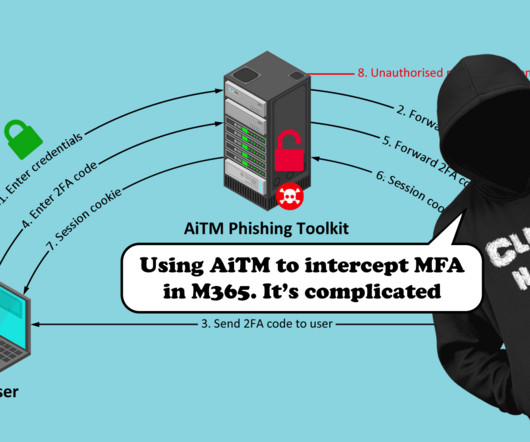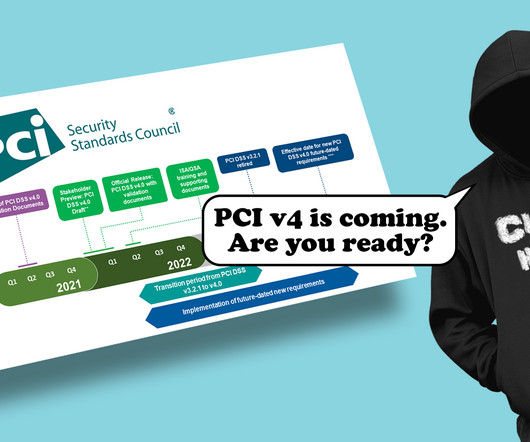Spear Phishing Prevention: 10 Ways to Protect Your Organization
eSecurity Planet
AUGUST 23, 2023
Spear phishing is a more targeted and effective phishing technique that attempts to exploit specific individuals or groups within an organization. While phishing uses a broader range of tactics, such as mass emailing to random recipients, spear phishing is often well-researched and tailored to high-value targets.














Let's personalize your content